Vera Day: The Golden-Era Beauty Who Stole Hearts and Made History
Sometimes all it takes is a single glance. For Vera Day, even her side profile was enough to stop people in their tracks. With her radiant smile, blonde curls, and irresistible charm, she wasn’t just another pretty face of the 1950s—she became one of Britain’s most unforgettable pin-up icons. From magazine covers and calendars to Hammer horror films and stage productions, Vera embodied the glamour, confidence, and playfulness that defined a generation. She wasn’t simply admired—she was adored. Let’s step into her world and discover why Vera Day remains an icon whose legacy still captivates us today.
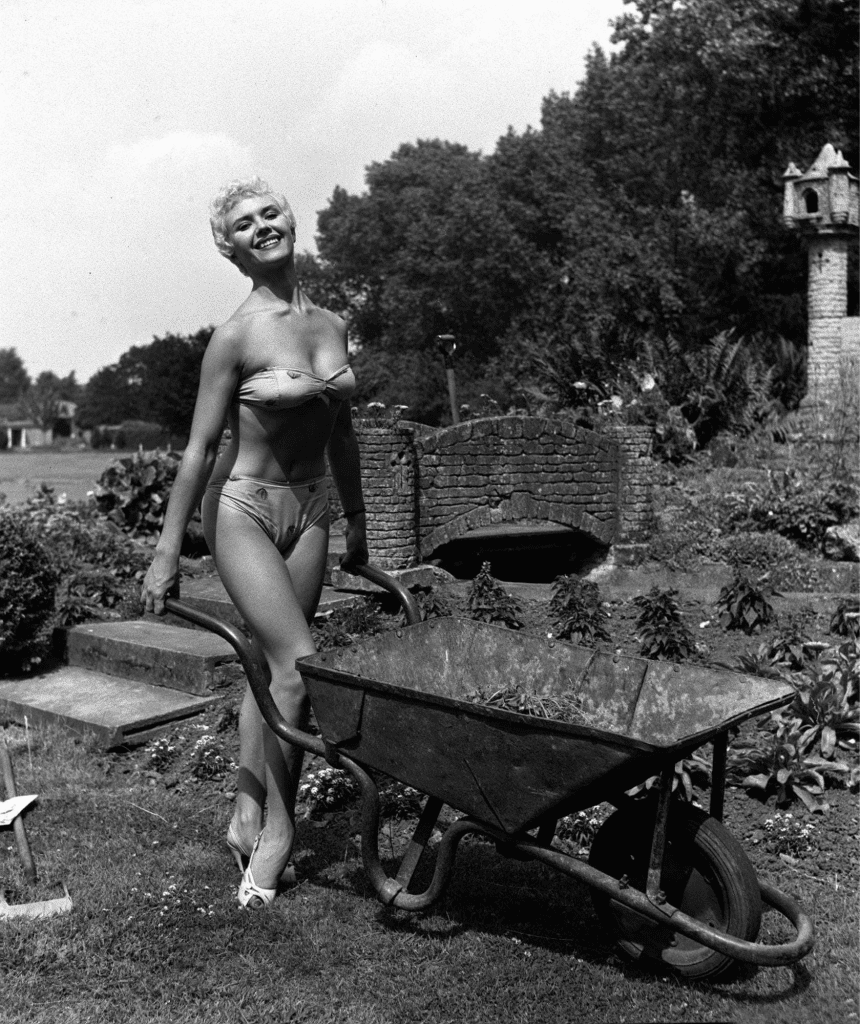
From London Dreams to the Spotlight
Born on August 4, 1935, in London, Vera grew up in a post-war city that was rebuilding itself with grit and hope. Leaving school at just 15, she began working as a beauty parlor assistant and later as a hairdresser’s model. Who could have guessed that this young girl, brushing hair by day, would soon become a star whose face would be recognized across Britain?
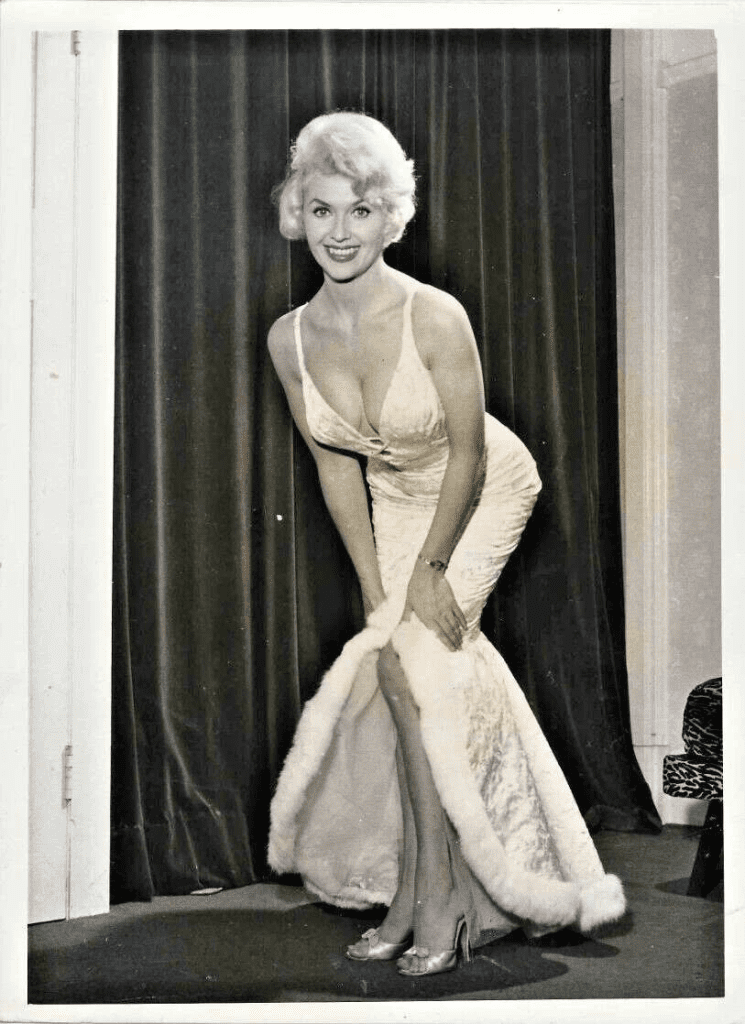
Her natural beauty didn’t stay unnoticed for long. Modeling quickly became her full-time career, and with her petite yet curvaceous figure and dazzling smile, she embodied the pin-up style that Britain craved. Magazines couldn’t get enough of her, and fans began calling her the British answer to Marilyn Monroe. For Vera, the leap from modeling to acting was inevitable—she had both the looks and the charisma.
Video : Vera Day Actress
Breaking Into Film and Television
By her late teens, Vera was already stepping onto stages and screens. In 1954, she landed a role in The Grove Family, Britain’s very first TV soap opera. From there, she quickly transitioned to film, landing parts in A Kid for Two Farthings (1956) and The Prince and the Showgirl (1957), where she shared the screen with none other than Marilyn Monroe. Imagine the pressure—but Vera held her ground effortlessly, proving she belonged among the stars.

Her career took off in a variety of genres. In Enemy from Space (1957) and Hell Drivers (1958), she showed her dramatic chops, while The Woman Eater (1958) cemented her status as a cult favorite. Quirky, daring, and unforgettable, Vera proved she could command attention in any role.

The Pin-Up Icon Who Defined an Era
If one thing made Vera Day unforgettable, it was her status as a pin-up queen. Her photos captured everything people adored about the 1950s: optimism, femininity, and playful seduction. With her hourglass figure and magnetic smile, Vera’s images graced magazines, calendars, and posters across Britain.

But what made her so special wasn’t just her beauty—it was her energy. Vera had the rare gift of making pin-up photography look effortless and natural. Her poses radiated confidence without arrogance, sweetness without shyness. She was the kind of woman who could be the girl next door and the fantasy on your wall at the same time.

Her style—tight sweaters, high-waisted skirts, and the iconic bullet bras of the era—helped define the look of the 1950s. Today, vintage enthusiasts still look to Vera Day as a muse for retro fashion and classic pin-up artistry.
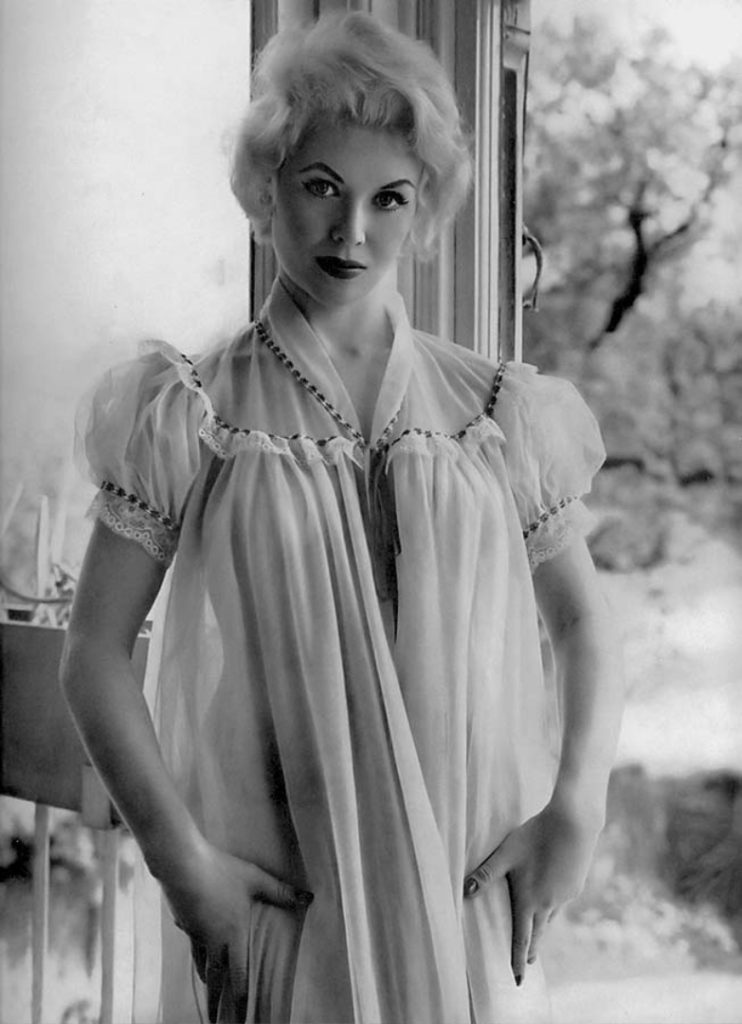
Hammer Horror and a Cult Legacy
Vera’s link to Hammer horror films brought her into an entirely different spotlight. Known for their gothic sets and thrilling storylines, Hammer movies gave her the chance to explore darker, campier roles. In The Woman Eater, she went up against a mad scientist and a flesh-eating tree—yes, really—and still managed to captivate audiences.

Her presence in Hammer films wasn’t just another acting credit; it was a piece of cinema history. Hammer horror defined an era of British filmmaking, and Vera’s roles helped shape the genre’s enduring appeal. Fans still look back on her performances with admiration, celebrating her as one of the queens of classic horror.

Love, Loss, and Life Beyond the Cameras
Behind the glamorous photoshoots and film sets, Vera’s personal life was filled with highs and lows. She married twice—first to Arthur Mason in 1954, and later to the renowned photographer Terry O’Neill in 1963. Together, she and O’Neill had a daughter, Virginia, born in 1965.

But life also brought heartbreak. She lost a baby daughter in 1963, an unimaginable tragedy that tested her resilience. Her marriage to O’Neill ended in 1976, and Vera gradually chose to step away from the spotlight. Still, her ability to face loss and keep moving forward reflected the same strength she had always carried on screen.
Video : Vera Day again
A Stunning Comeback
Decades after her heyday, Vera surprised everyone with a dazzling return to the big screen. In 1998, she played Tanya in Guy Ritchie’s Lock, Stock and Two Smoking Barrels. After 34 years away from acting, she proved she still had that magnetic spark, reminding audiences of why they had loved her in the first place.

Now in her late 80s, Vera lives a quiet life in London, far from the cameras. But her influence lingers in every vintage calendar, every Hammer horror film collection, and every retro fashion inspiration board. Fans still send her letters, some addressed simply to “Vera Day, UK”—a testament to her lasting impact.
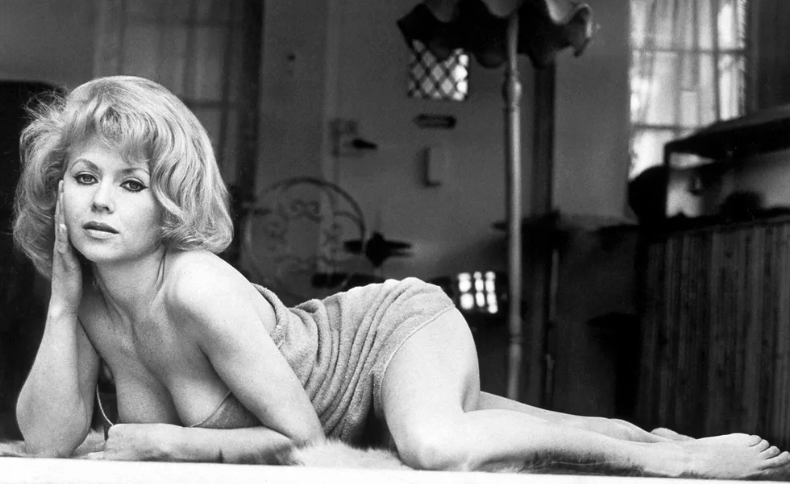
Why Vera Day Still Matters Today
Vera Day’s story is more than just about fame and beauty. It’s about resilience, reinvention, and timeless appeal. She was a working-class girl from London who became a national pin-up icon. She broke into television, starred in cult films, and balanced glamour with grit. Even when life brought challenges, she kept her spirit alive.
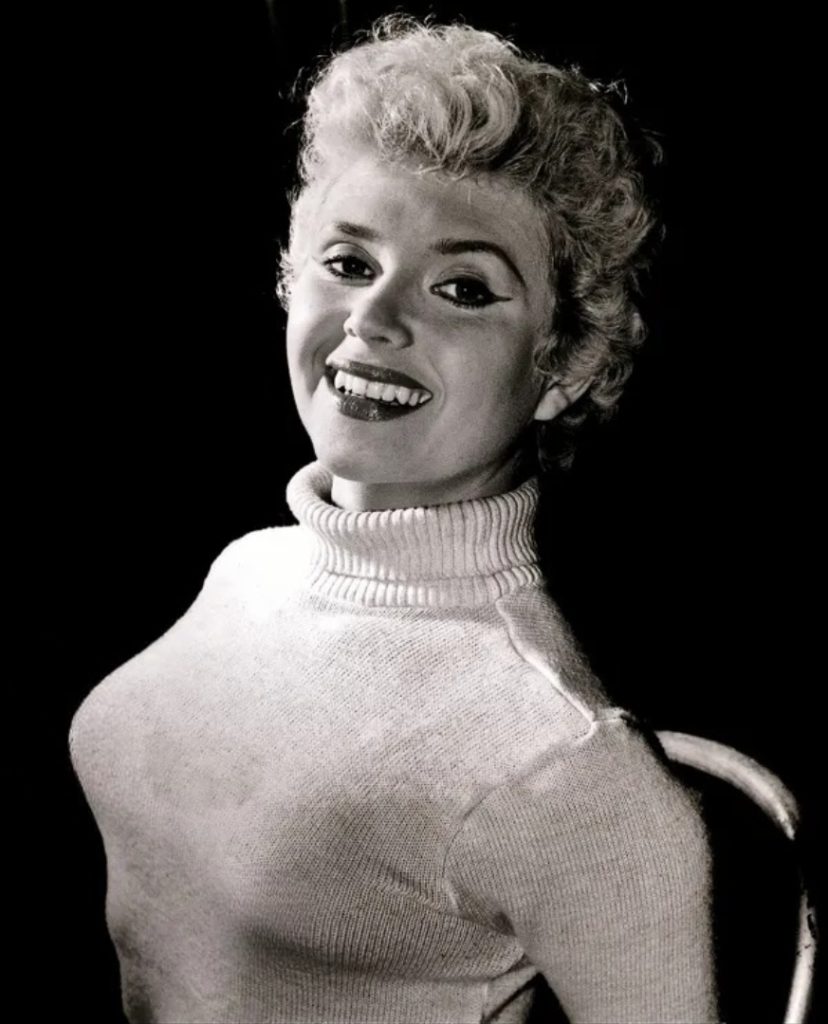
Her legacy still inspires today—not just for her beauty, but for her strength and versatility. Vera Day showed the world that you can shine in different roles, adapt to changing times, and leave a mark that endures for generations.
Conclusion: A Legacy of Glamour and Grit
From pin-up posters to Hammer horror films, Vera Day captured an era’s imagination and embodied its spirit. Her charm, charisma, and confidence made her unforgettable in the 1950s, and her surprise comeback decades later reminded us that true allure never fades.
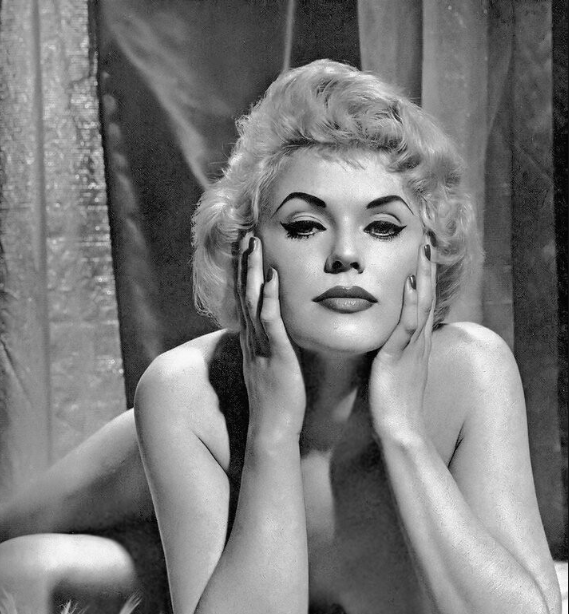
Vera Day wasn’t just a pin-up—she was a symbol of resilience, glamour, and timeless appeal. Even today, her photos and films feel like windows into a golden age, a reminder of the beauty and magic of classic cinema. Vera Day’s legacy isn’t just alive—it’s glowing brighter than ever.